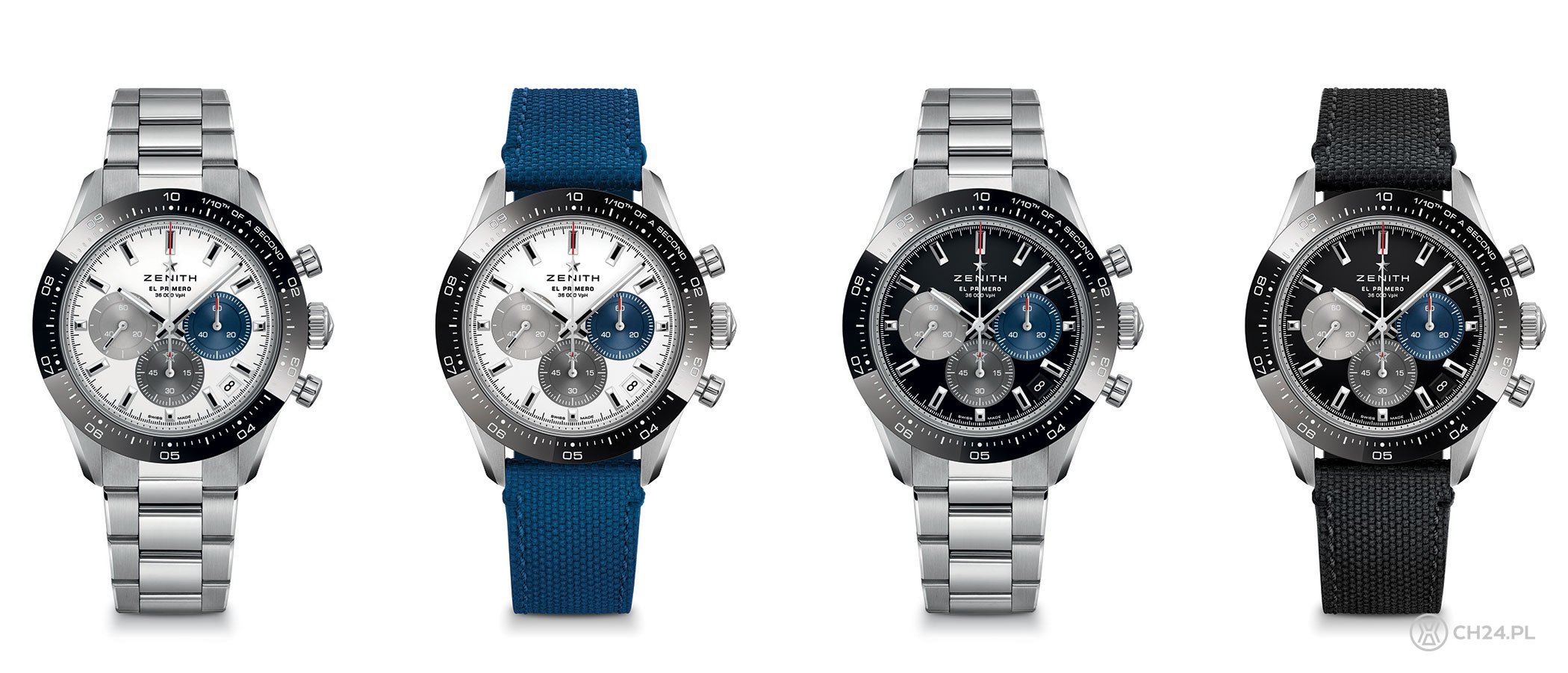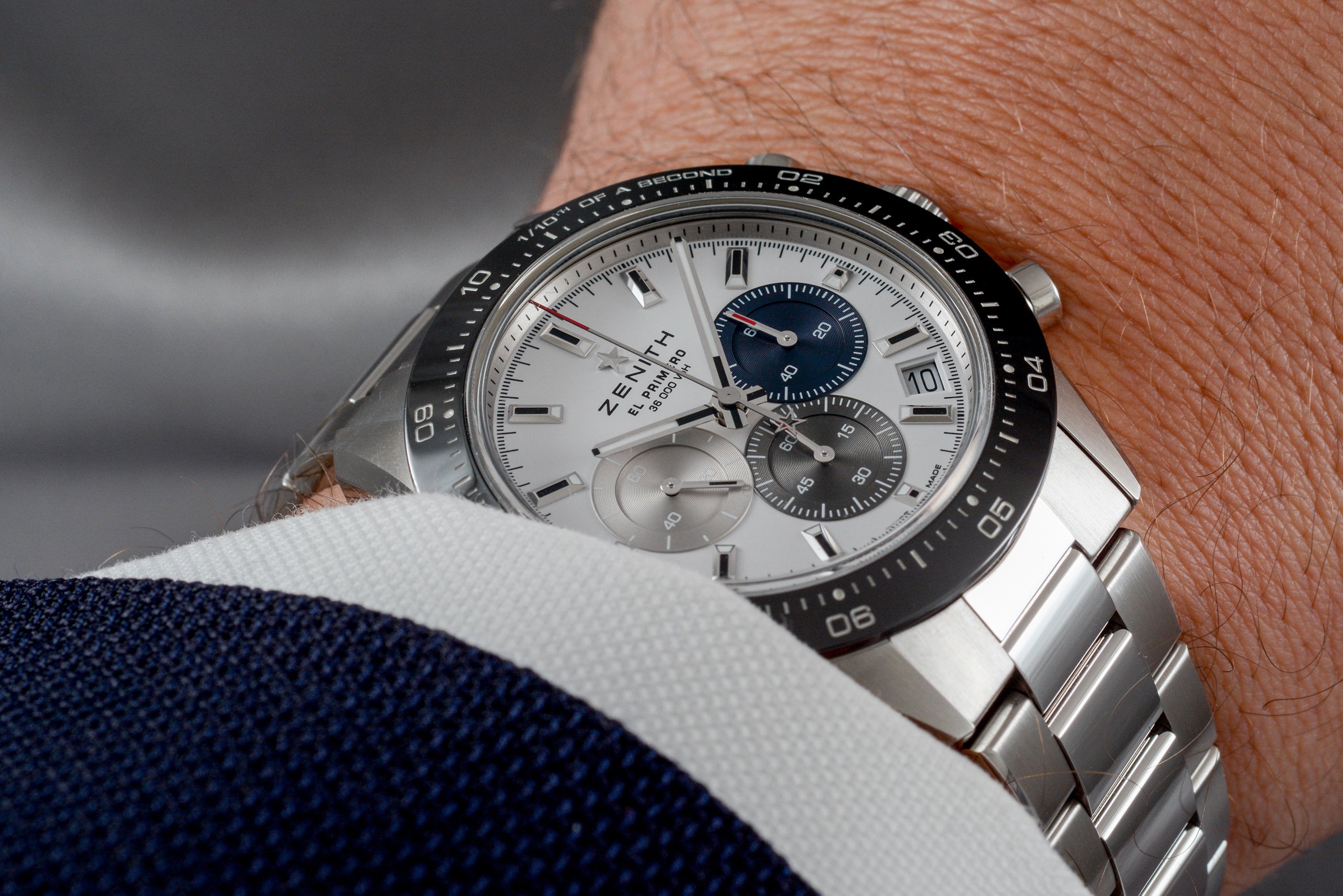

On the wrist, it’s easy to forget about the clasp, and the fidgety bracelet need be sized only once. Constructed of thin gauge-stamped steel and externally perforated for sizing adjustments, this clasp looks and feels like a relic of the last century or something suitable for a sub-$2K sports watch in 2021. Ironically, the Zenith clasp feels like a throwback to the Oyster clasps of the 1990s – the era of the Zenith-powered Daytona. Not only is this the design element most directly drawn from Rolex, but the quality feels out of step with the remainder of the Chronomaster.

The deployant clasp is the low point of this Zenith. That means owners will require a specialized jig or Philippe Dufour-level dexterity with twin flatheads to size their bracelets without leaving scars.īracelets and deployant clasps of the Zenith Chronomaster Sport (left) and Rolex Cosmograph Daytona Although the three-link Chronomaster Sport bracelet is solid enough and all links are removable, the counter-torqued links include screw heads on both sides. Zenith’s design trades heavily on Oyster precedent, but the result falls short. The Zenith, by comparison, looks just as sharp in either configuration.Īs strong as the Chronomaster Sport is, the weak link lies among the links of the bracelet. While aftermarket firms are happy to assist, Rolex never intended for the 116500LN generation of the Cosmograph Daytona to include a strap, and swapping to a non-OEM solution often looks awkward. The Chronomaster Sport’s factory strap offering puts more daylight between it and the Daytona. Hands and indices are unique to the model and reflect a clear break with anything happening on Rue François-Dussaud. A 4:30 date indicator hews closely to El Primero history, and the overlapping tri-tone registers at center are straight off the Zenith A386 of 1969. The colors take clear cues from The Crown in Geneva, but the details are all Le Locle. Zenith offers both white and black dial options – which does nothing to discourage the Rolex comparisons.


 0 kommentar(er)
0 kommentar(er)
